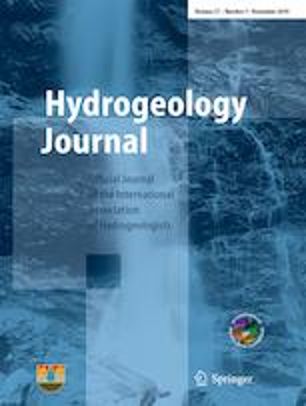| Title: | The contribution of citizen science in managing and monitoring groundwater systems impacted by coal seam gas production: an example from the Surat Basin in Australia’s Great Artesian Basin |
| Authors: |
|
| Abstract: |
Monitoring is critical for effective groundwater management, especially in systems with competing groundwater interests, such as the Great Artesian Basin’s (GAB) Surat Basin (~180,000 km2) in Queensland, Australia. Coal seam gas (CSG) activities in the region have led to public concerns about potential impacts on groundwater and to landholder complaints about impacts on boreholes. To deal with these issues, the Queensland Government established the Groundwater Net and Groundwater Online citizen-science monitoring programs, which started in 2013 and were fully operational by 2018. Groundwater Net is a community-based education and groundwater monitoring program in which over 500 landholders across 16 local groups have attended workshops and provided over 1,000 groundwater-level/pressure readings from their boreholes using the My Groundwater Monitoring website. Annual workshops provide a forum to share and discuss monitoring results and knowledge. Regularly updated status reports compare monitoring data from CSG companies and the government with landholder data. Groundwater Online is a complimentary program using continuous-monitoring loggers and telemetry on 46 private boreholes. Citizen science now provides 13% of GAB monitoring boreholes in the CSG area. By effectively engaging with borehole owners, and empowering them to monitor, many opportunities arise for better groundwater management. Consequently, the spatial reach of groundwater monitoring and its frequency have increased, landholders are educated about groundwater systems, and borehole owners generally feel more confident about monitoring conducted by CSG companies and government. |
| Citation: | Jamieson M, Elson M, Carruthers R, Miraldo Ordens C (2020), The contribution of citizen science in managing and monitoring groundwater systems impacted by coal seam gas production: an example from the Surat Basin in Australia’s Great Artesian Basin, Hydrogeology Journal, vol 28 (1), pp 439-459. https://doi.org/10.1007/s10040-019-02050-8 |
| Keywords: | Coal seam gas; Citizen science; Groundwater monitoring; Socio-economic aspects; Australia |


